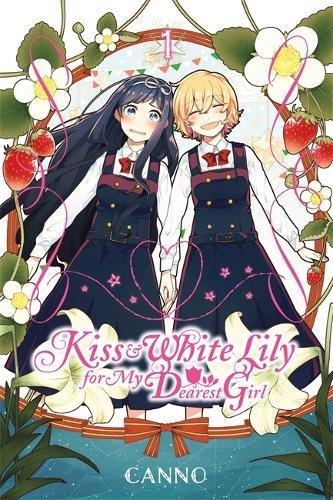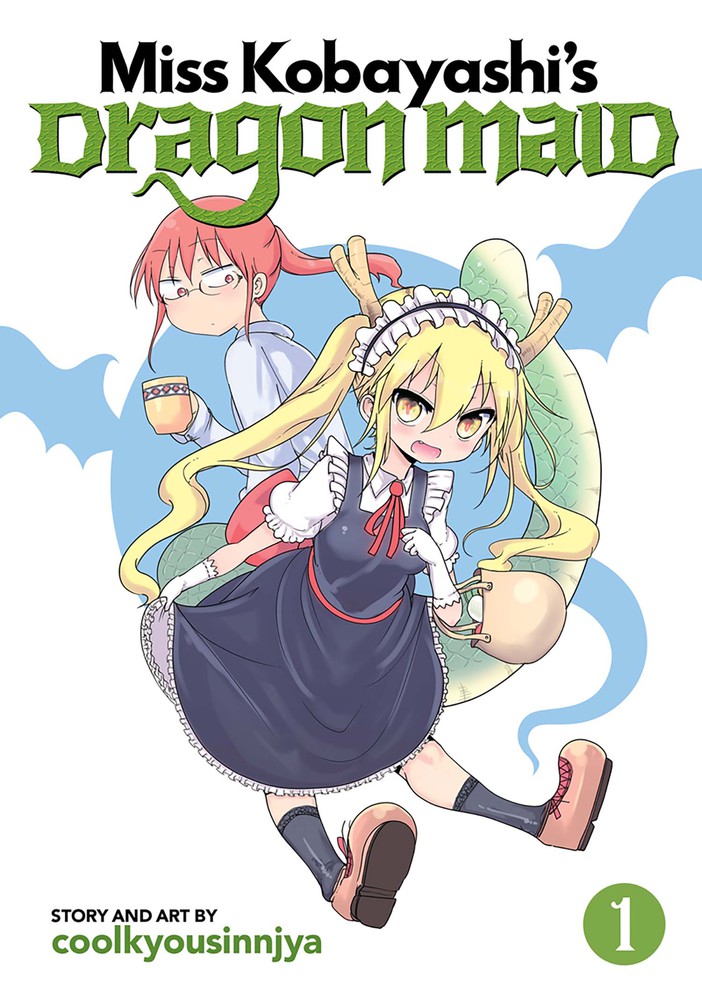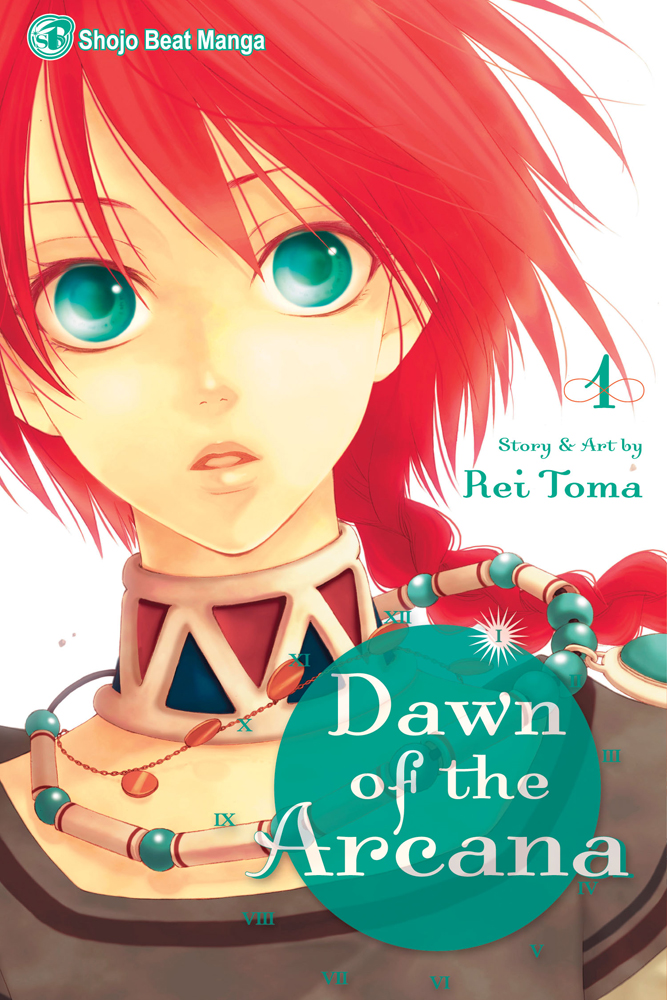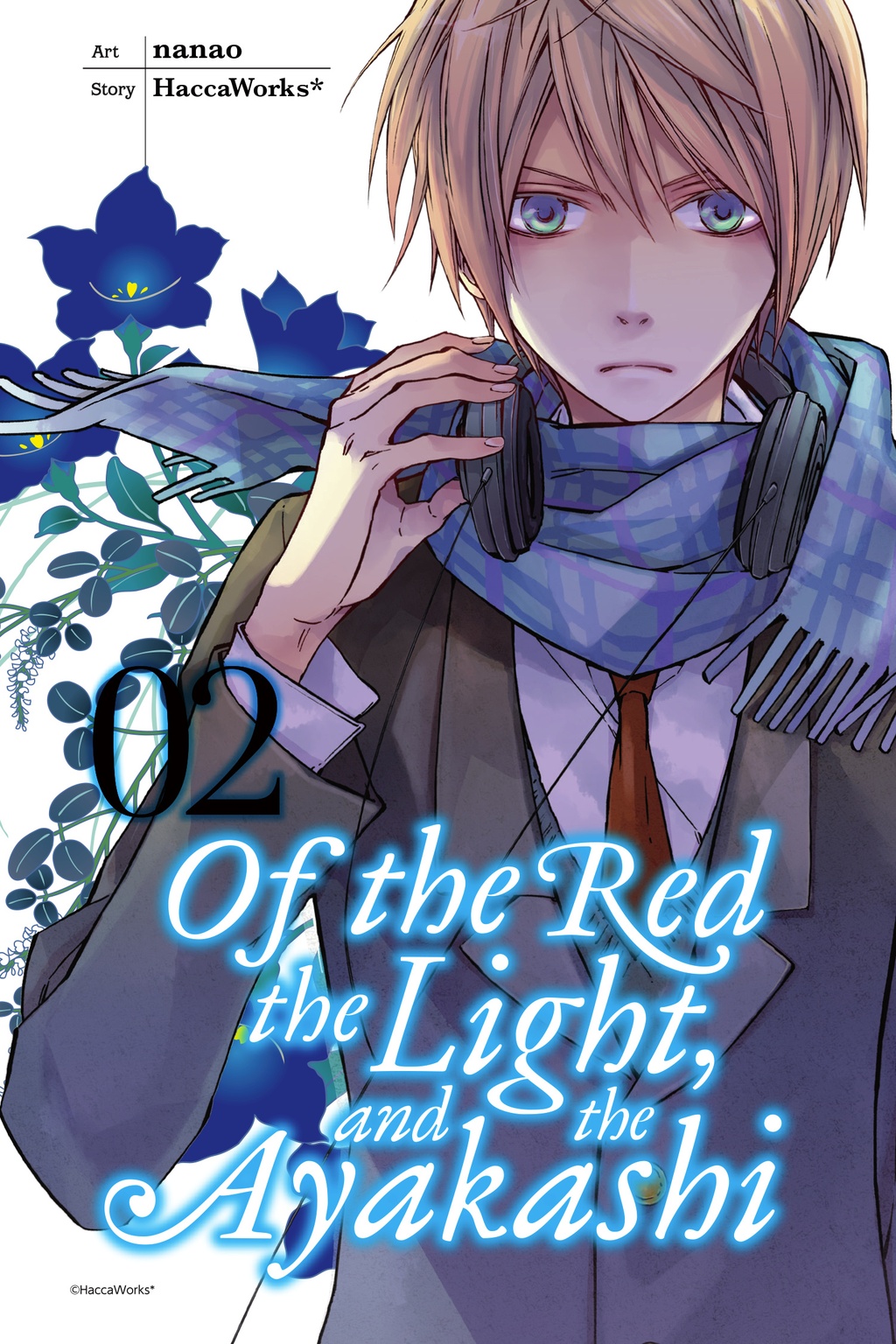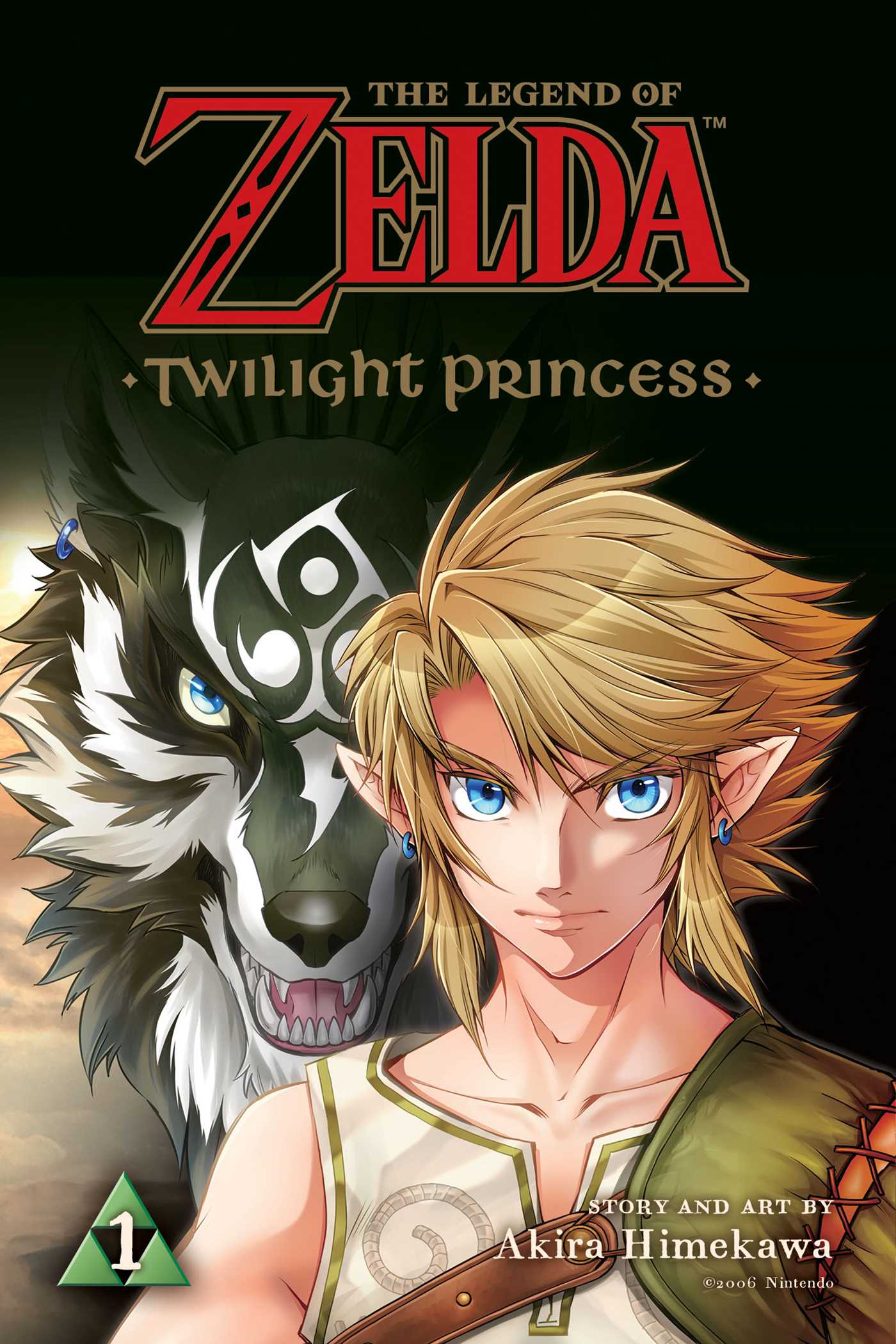It's been some time since Experiments in Manga has hosted a guest post, but my friend Jocilyn was once again inspired and is back to review one of the more recently released yuri manga, the first …
Continue Reading about Guest Post: Kiss & White Lily for My Dearest Girl, Volume 1 →
